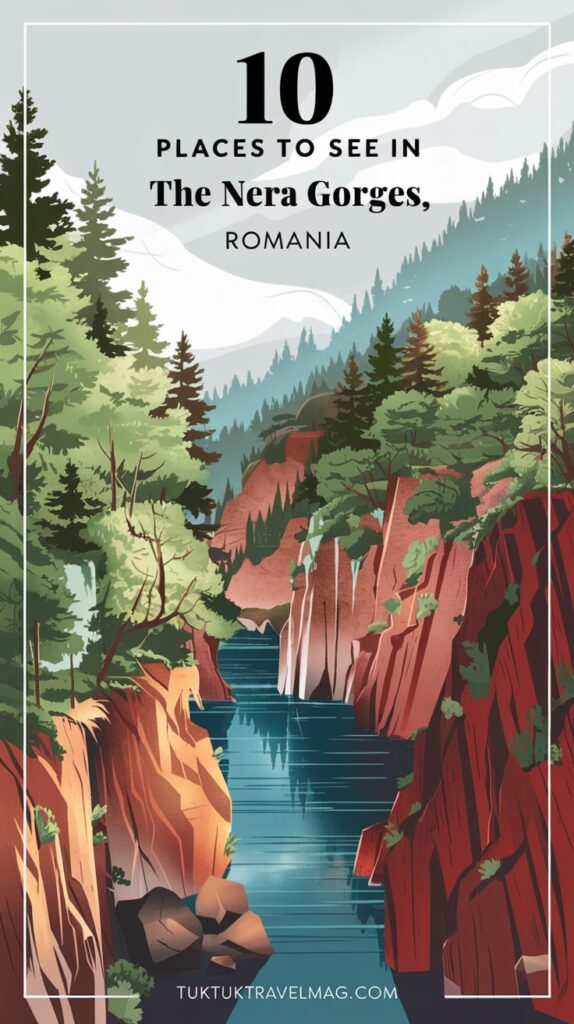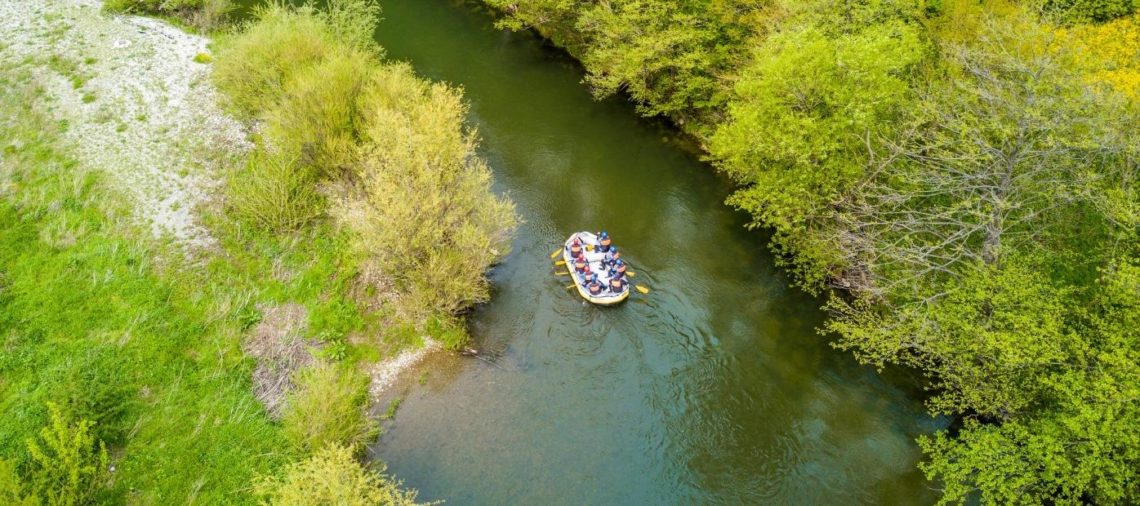Nera Gorges (Cheile Nerei) – this beautiful area in the southwest of Romania has a huge tourist potential, which more and more Romanians and foreign tourists are daring to discover. This area of Caras county is, at first sight, more challenging to reach for tourists from all over the country. But things are not quite like that. From Bucharest to Sasca Montana (the best starting point for any of the objectives below), you can get there in about 7 hours, following the route Pitesti – Craiova – Drobeta Turnu Severin – Oravita. As an alternative, if you want to see the Danube at Cazane or Portile de Fier – with its beautiful landscapes – you can follow this route, which continues through Moldova Noua.
A wild and unspoiled beauty, marked by beautiful stories and legends, warm people, and delicious food – this is what this area offers you, where you can spend a top-notch holiday without regrets. And speaking of this figure, here are ten places to see in the Nera Gorges, mentioning that, besides them, you should follow your path to at least as many others.
Văioaga Waterfall
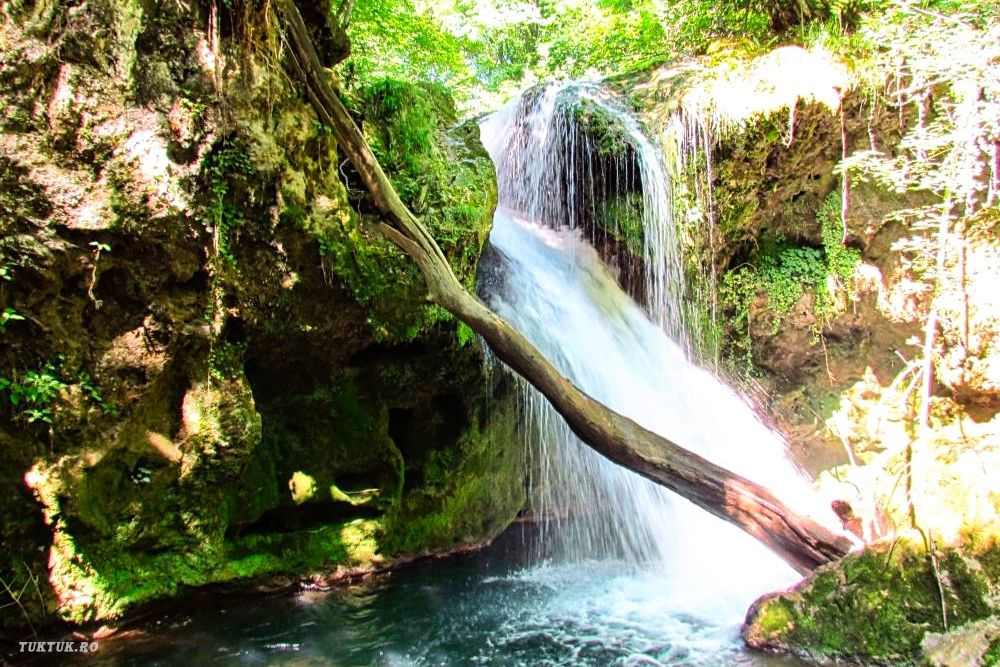
Located in the National Park Cheile Nerei – Beusnita, on the course of the river Bei, Vaioaga Waterfall is one of the most beautiful falls in the whole country. It can be reached by walking from the entrance to the Park (where you will pay a fee of 5 lei), following the road to Pastravarie or by car, on the same forest road.
After 2 km, on the right side, you will see the signpost that signals the presence of the waterfall. You go down a few meters, and you find yourself in a beautiful natural setting, where the star – Vaioaga – does its number with noise, protected by a tree trunk whose dramatic diagonal increases its beauty.
The Bey’s Eye Lake
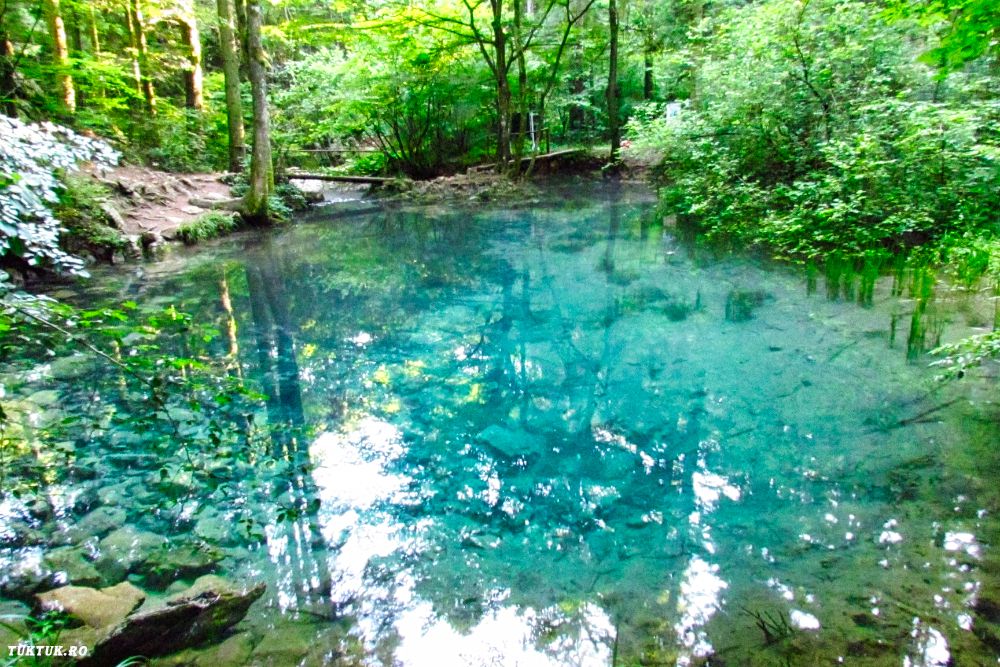
In the Cheile Nerei – Beusnita Park, you will leave your car (if you have driven there) at the Pastravarie and start walking towards the Bey’s Eye Lake (Lacul Ochiul Beiului). It is the first objective of the route (the second one will be the Beusnita Waterfall).
After about an hour of reasonable walking, you reach a turquoise lake nestled in the middle of the forest, surrounded by shady trees. The karst lake is fed by a spring (which is why it doesn’t freeze in winter), has a depth of about 3.5 meters, and an area of 284 square meters. The color is due to the carbon dioxide and limestone on the bottom of the lake, where you can spot playful fish.
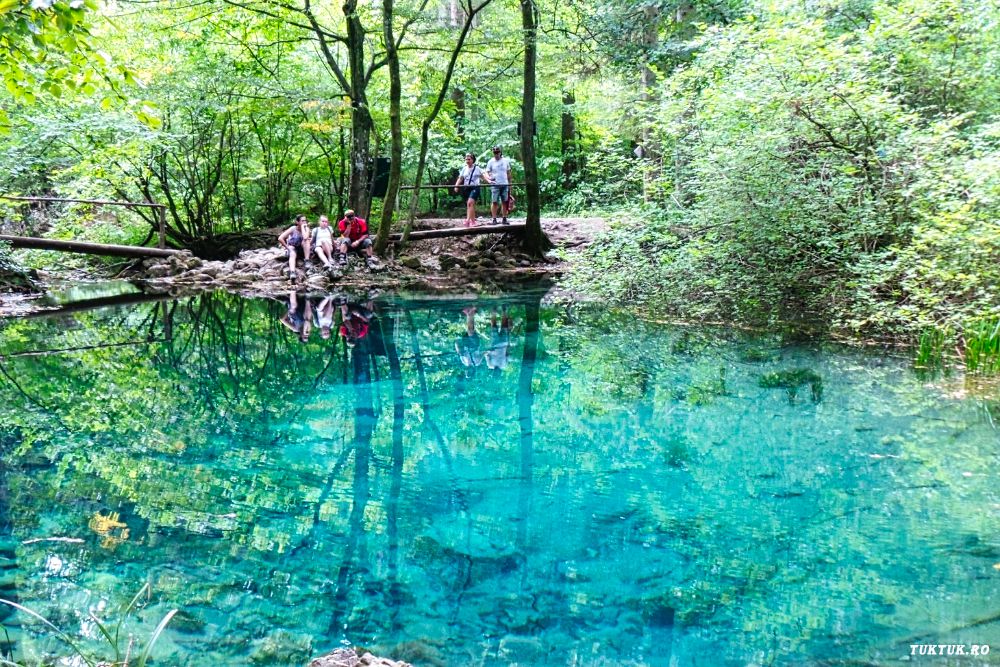

There are many legends and superstitions about this special lake. One of them says that, in the old days, a cruel Turk (a bey) who ruled these lands, had a blue-eyed son who fell madly in love with a local girl he met in Poiana Florilor. Their love soon came to the ears of the Turk, who became angry that his son loved a Wallachian. So he sent his men to kill her. Far too angry, the poor lover boy cried continuously, then decided to end his life. It is said that the lake was formed by the tears that flowed from the young Turk’s blue eyes.
Beusnita Waterfall
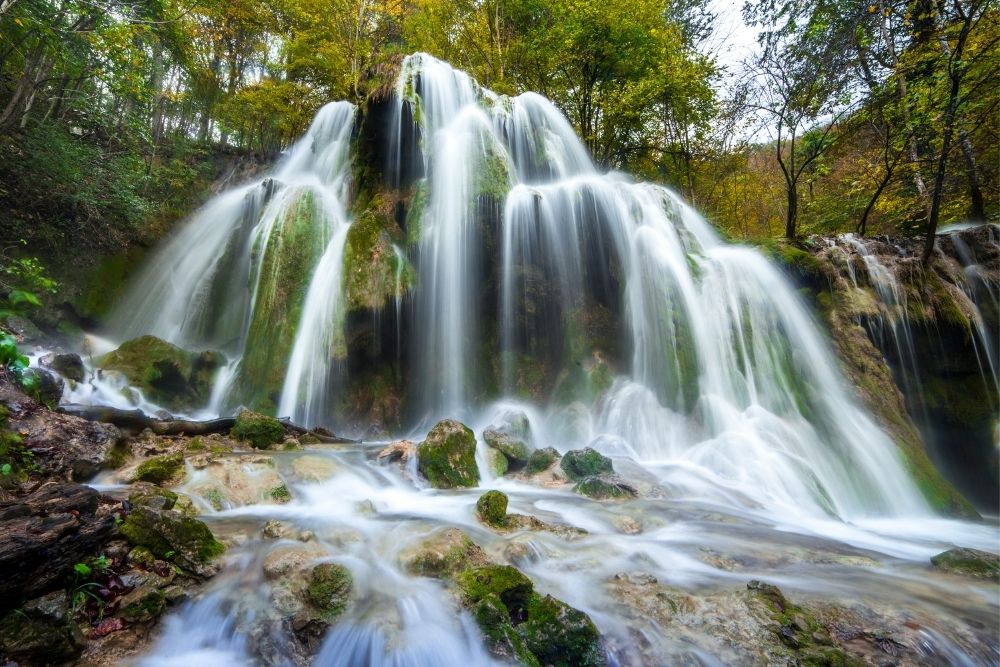
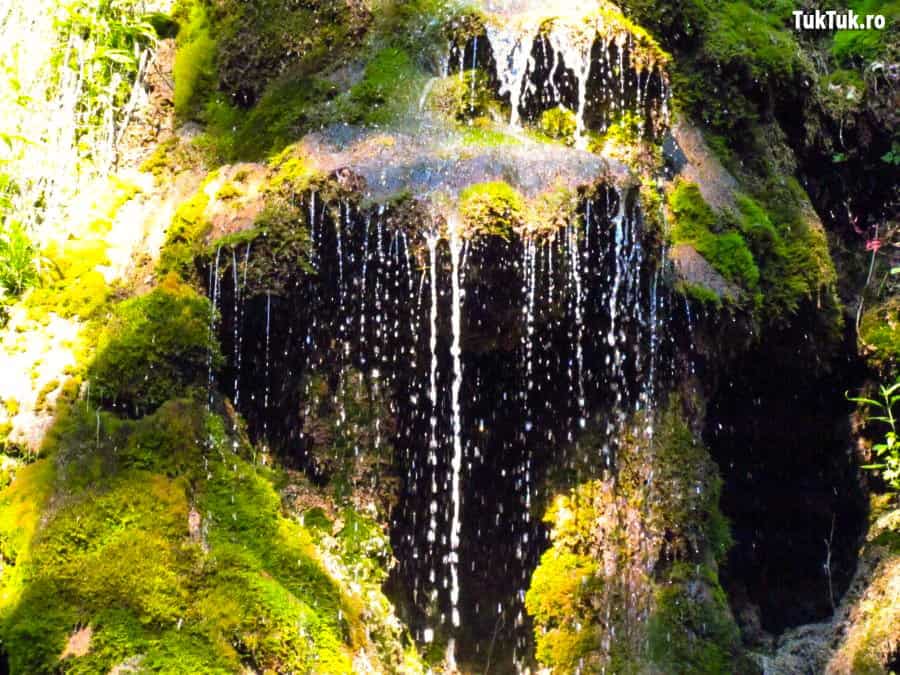
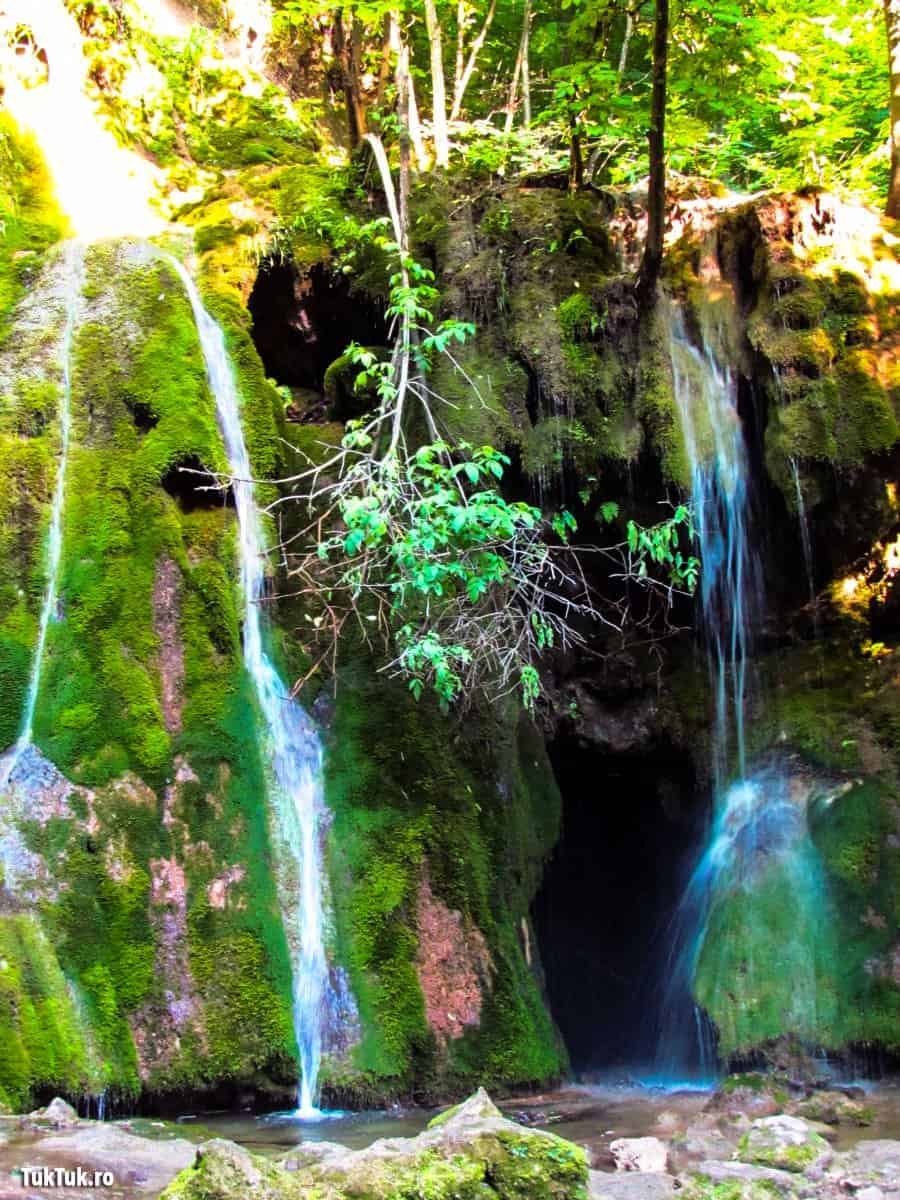
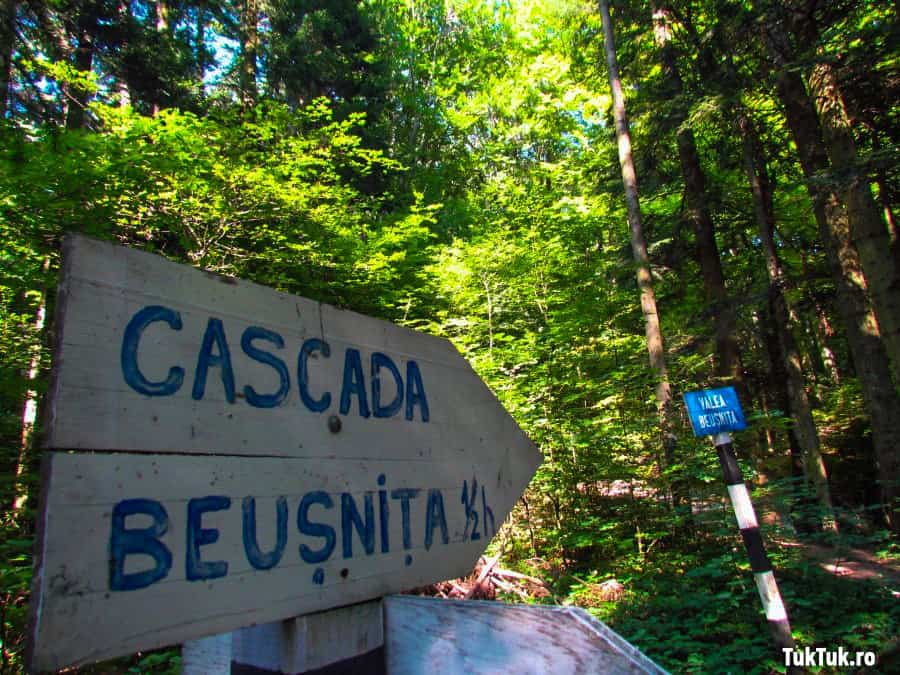
You leave behind Ochiul Beiului and continue your way following the blue triangle sign on the trees, towards Beusnita Waterfall, to which you will make about half an hour, in a gentle climb. The limestone dissolved by the water of the Beu (Bei) river has shaped, over time, a lot of formations that gave birth to waterfalls.
The most spectacular is about 15 meters high and is covered in green moss. For getting the whole picture, it’s best to arrive in spring or autumn, when the river has volume. In dry summers, Beusnita is likely to dry up. But that won’t make you regret making the trek to it: the caverns carved by the water into the limestone are also perfect subjects for great photos.
Devil’s Lake
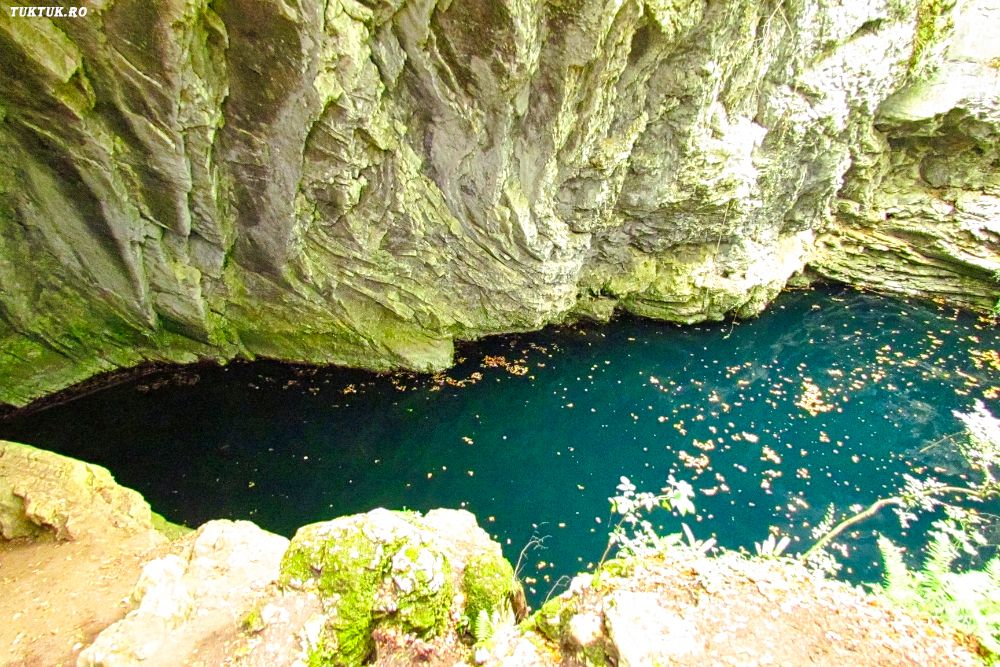
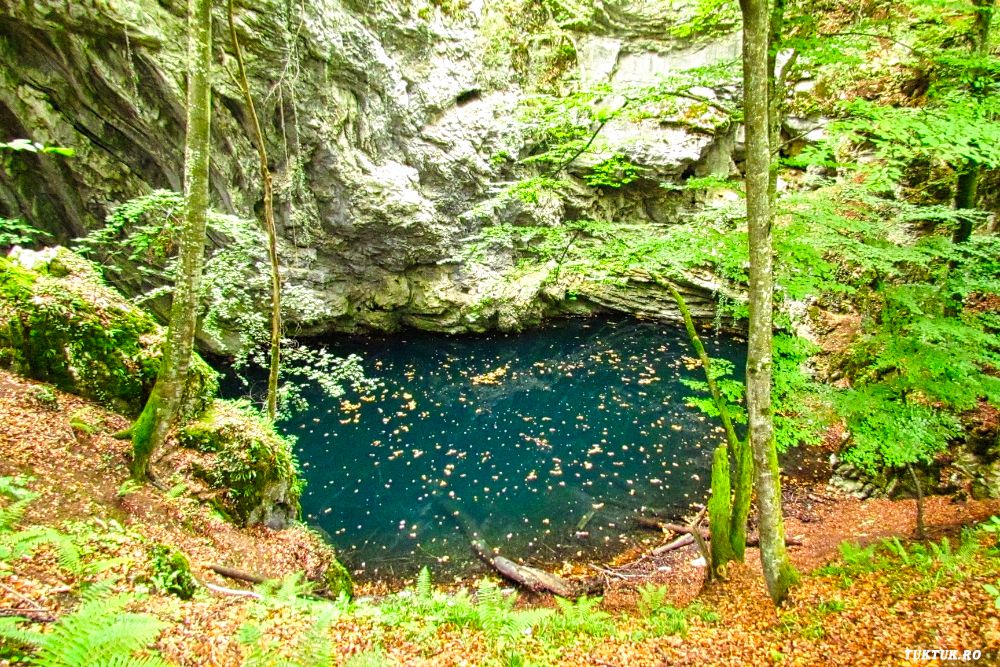
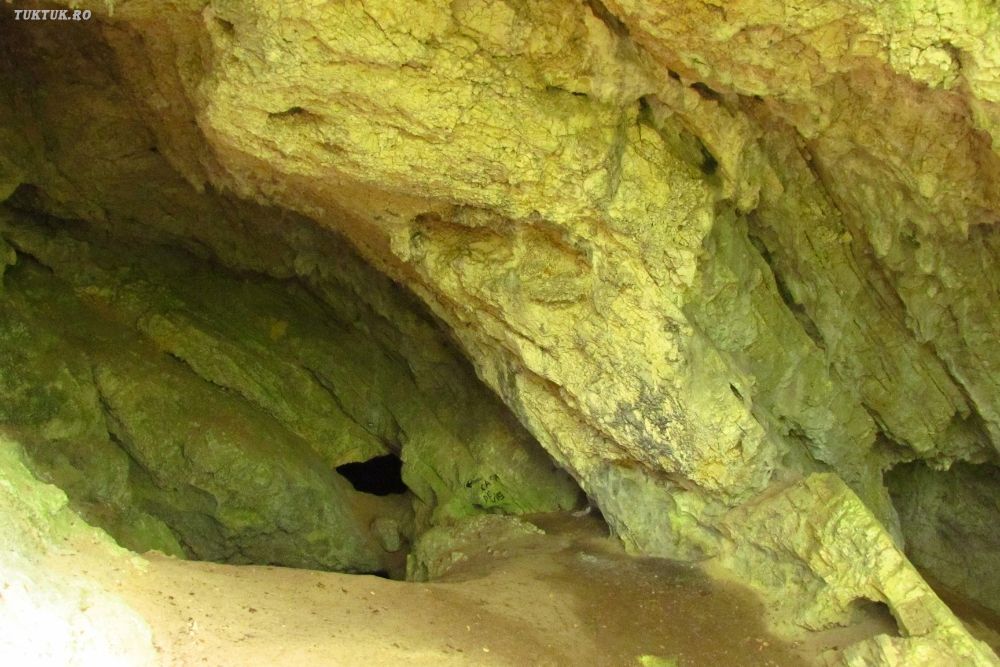
Initially, an underground lake in the cave of the same name, the Devil’s Lake was brought to its present form by the collapse of the cave ceiling. To see it, you have to go from Sasca Romana to Cantonul Damian, then to Poiana lui Vogiun and a descent to the lake, located near the shore of Nera.
Another option is from Sasca to Carbunari and Sopotul Nou, along a forest road and a continuous descent from the halfway point.
The name of the blue-green water eye comes, of course, from another legend (there are several, but this one seems to be the most popular), quite strange: it is said that there was an old shepherd who herded his goats around this lake. At one point, in his path came a small shepherd man, who asked the old man to fry him a fish without it bending.
The senior refused but asked the little guy to fillet a goat without showing his teeth. The old man fried the fish straight, but evidently, the goat’s teeth came out after the fire consumed the meat. Despite being tricked, the little man threw himself into the waters of the lake while the old man thought that he had just run into the devil. That’s why the name of the water was left: Devil’s Lake.
Susara Waterfall
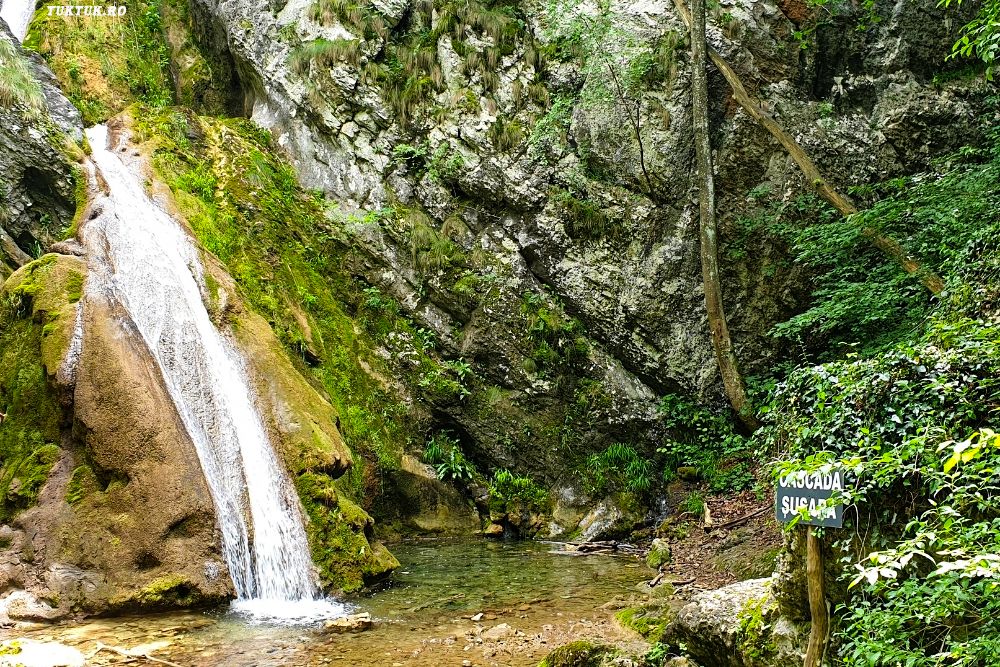

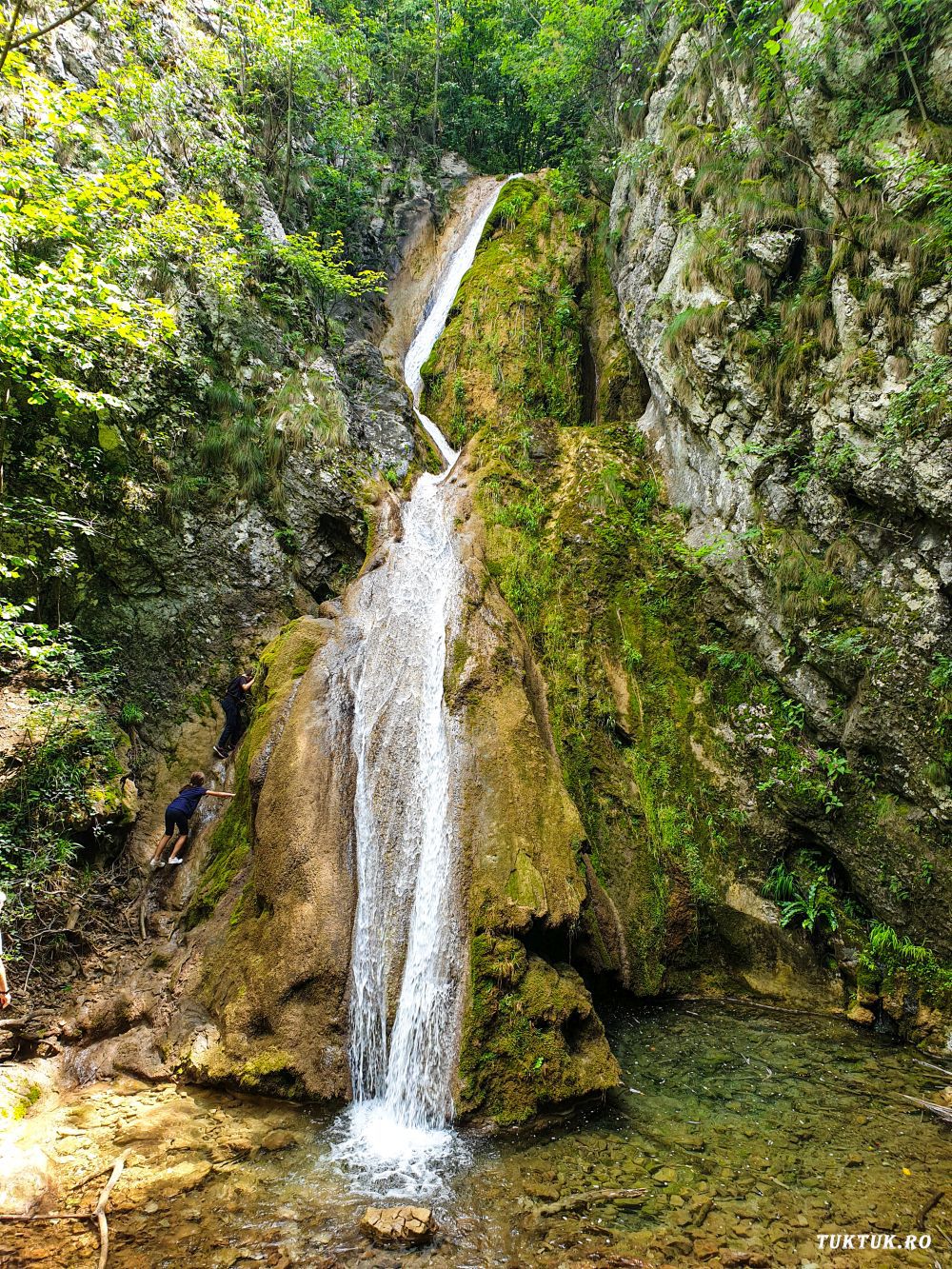
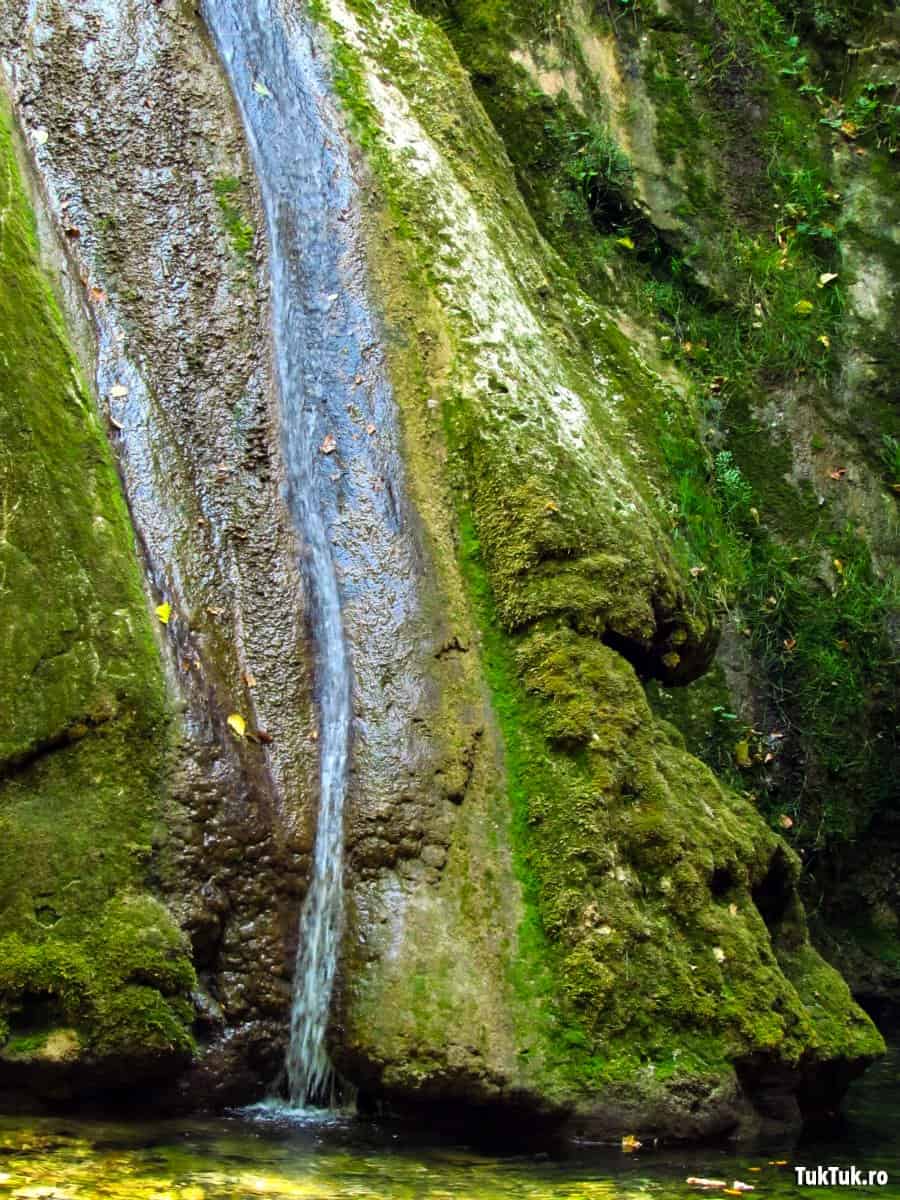
The Susara waterfall (pronounces Shushara) is on the easiest trail to follow (blue cross), from Sasca Montana, on the course of the Susara river. About 40 minutes of regular walking, with a slightly more difficult part, where you have to do a balancing act next to a wall (so as not to fall into the river water, 20 cm deep).
The two-step waterfall is about 15 m high, and the water falls on a thin wire, over green moss-clad rock, into a crystal clear pool. You can include Susara in a longer route of about 4 hours, including the Devil’s Lake as an endpoint, passing through Cracu Porcului and La Scaune.
Nera Monastery
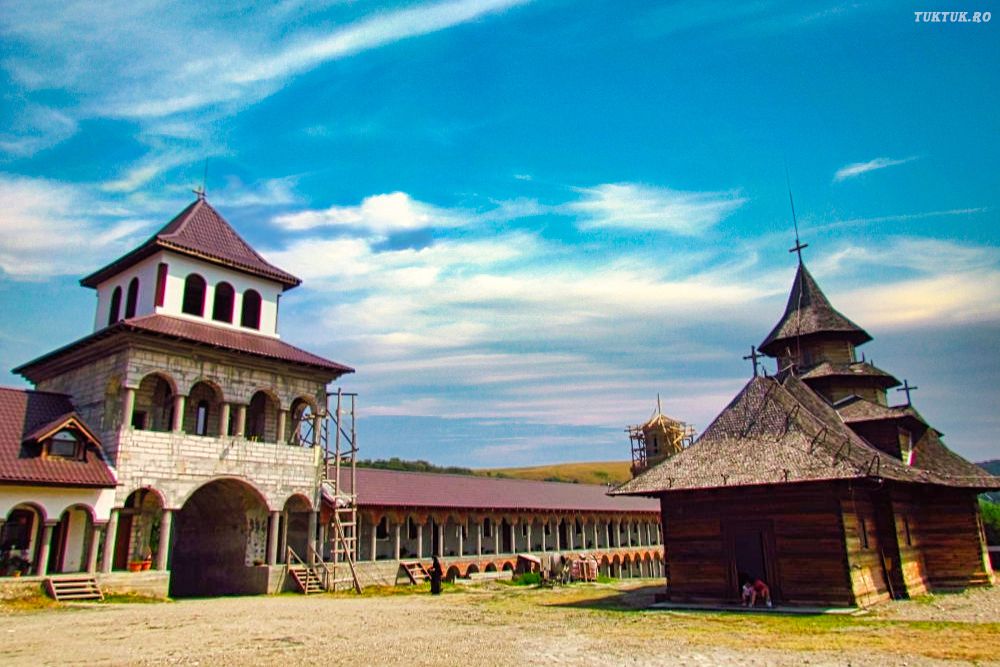
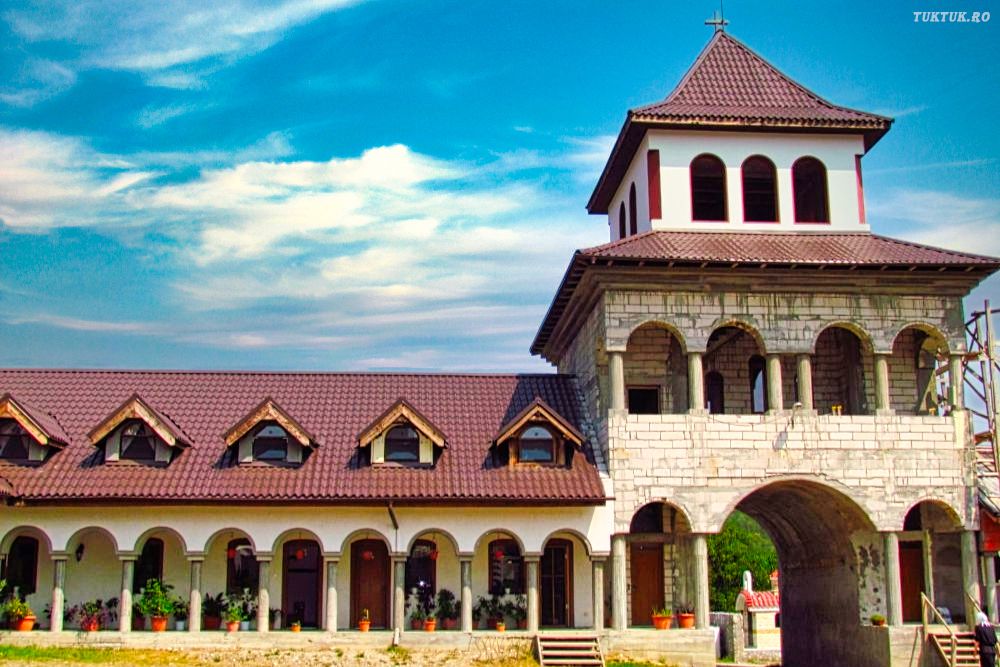
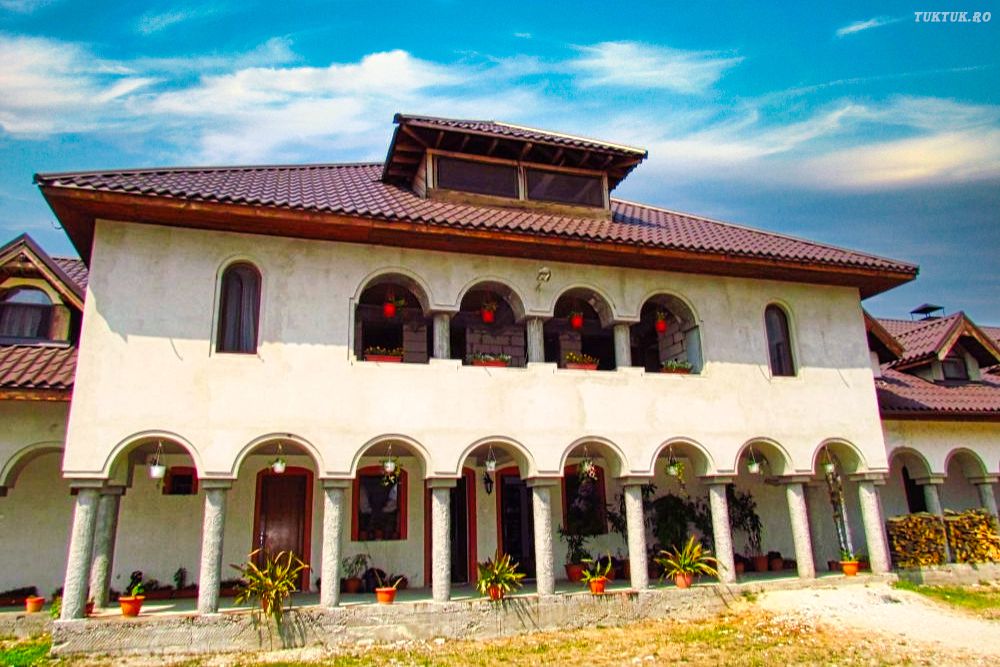
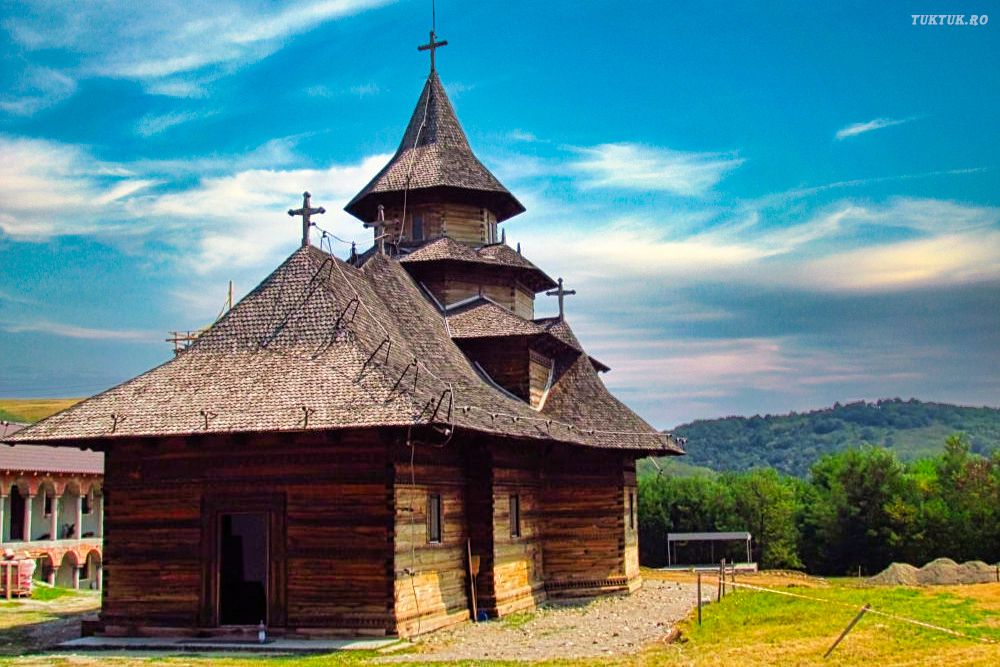
Nera Monastery is a relatively new monastery, completed in 1994, built in the Moldavian style (it is dedicated to the Virgin Paraschiva). Interestingly, monastic life here seems quite intense: the nuns (conscientious about taking photos) tend bees, grow medicinal plants, and have tailoring and painting workshops. Apparently, even a dentist’s office is here.
The products can be found in the nearby shop, where you can buy honey, organic soaps from various extracts, syrups, bitters, tinctures, ointments, teas, etc. All can be ordered online here; in other words, the nuns make money, not just pray.
Bigăr Waterfall
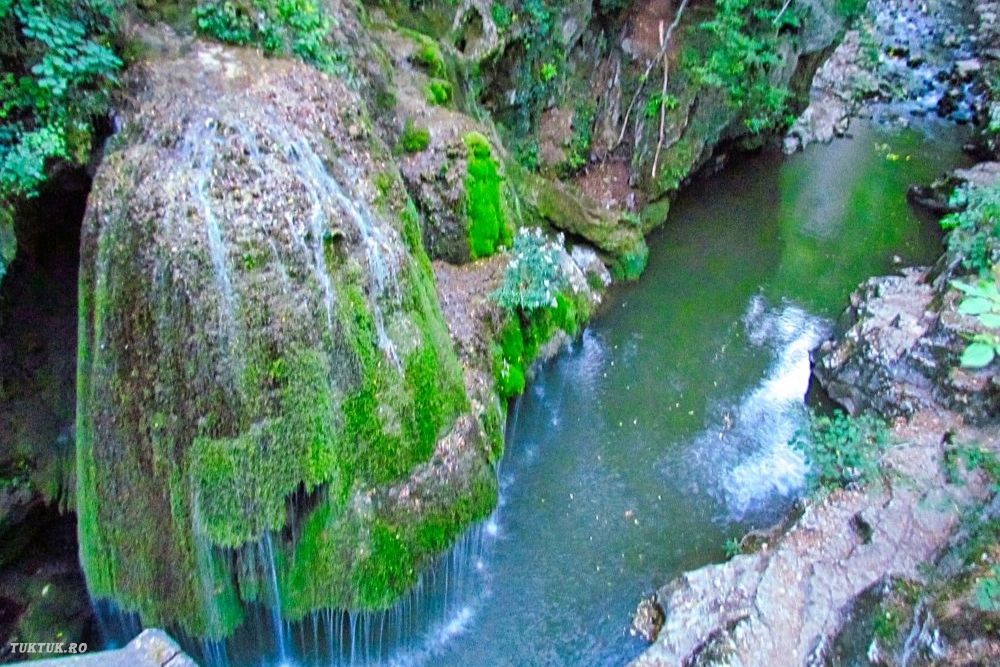
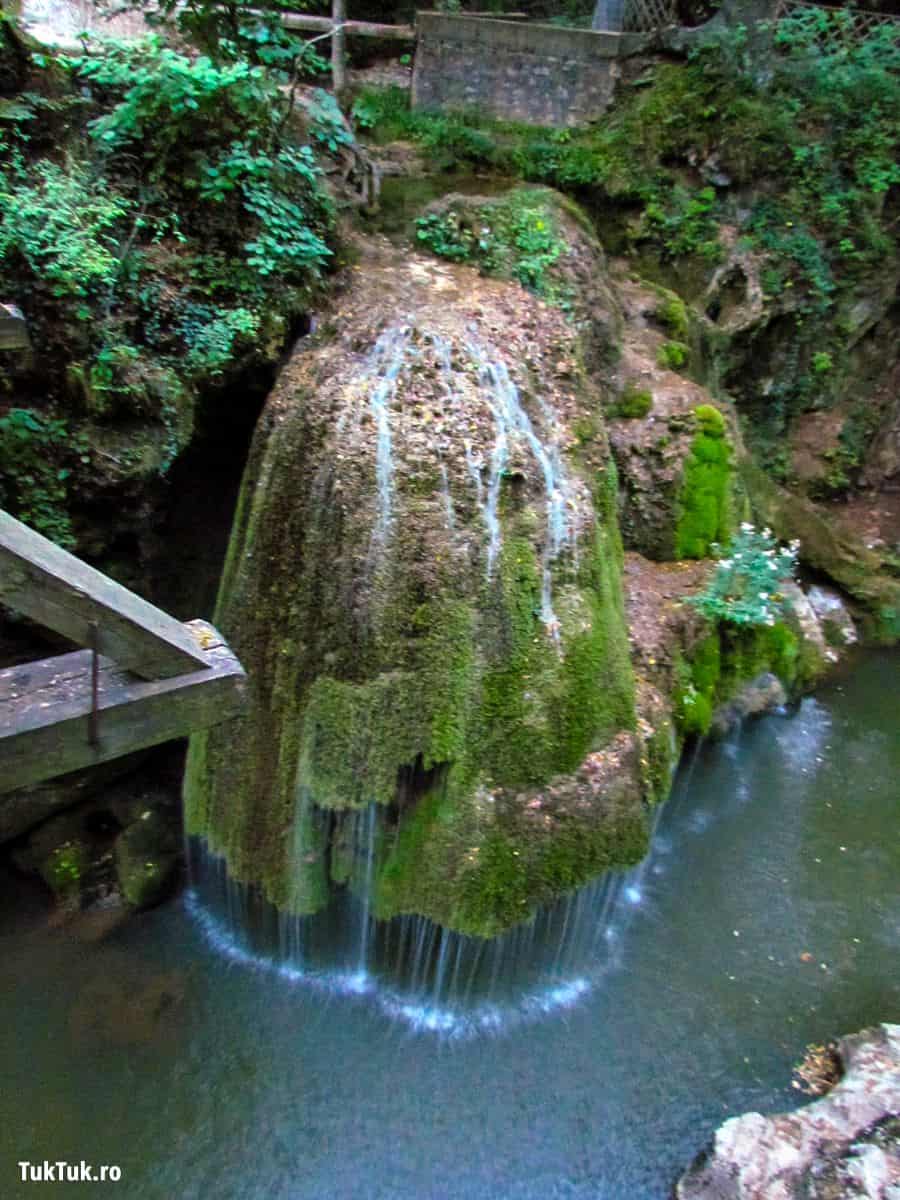
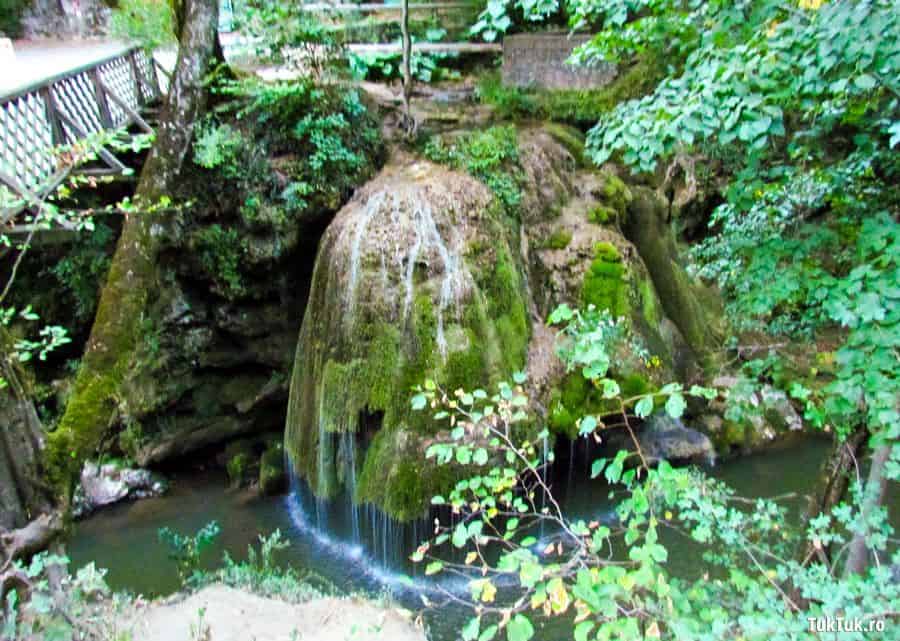
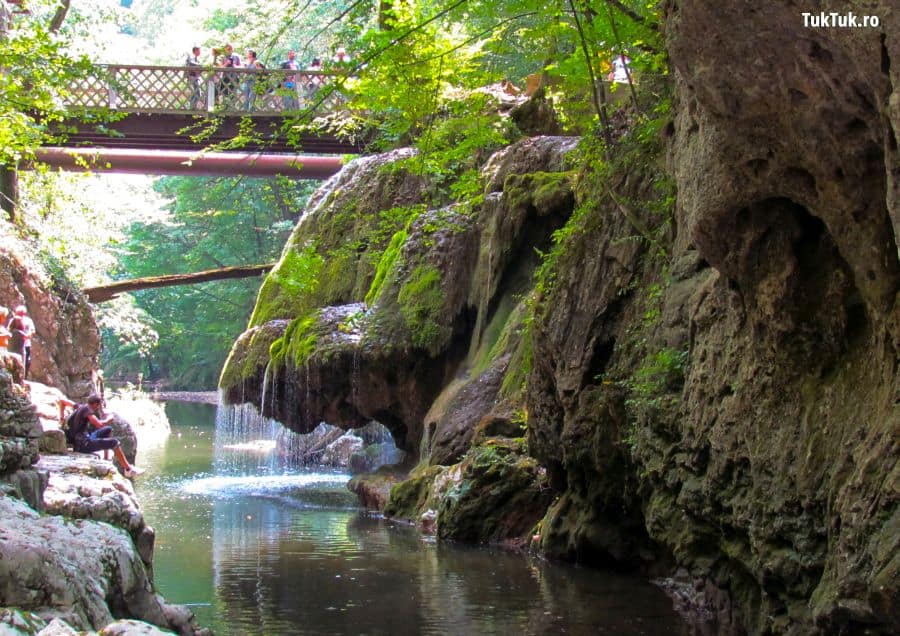
Some time ago, The World Geography website (and not National Geographic, as some have misinterpreted it) wrote about Bigar Waterfall, including it in a top of the most beautiful unique waterfalls in the whole world. Situated on parallel 45, on DN57b, 12 kilometers from the town of Bozovici, the waterfall was, indeed, of special beauty, being fed by a spring flowing into the Minis River. Its peculiarity was that the water flowed evenly over a huge mushroom-shaped rock, “dressed” in green moss.
Unfortunately, in June 2021, the Bigar Waterfall collapsed due to cracks in its travertine body. However, it should remain an area’s attraction and an argument for visiting the other waterfalls in the Cheile Nerei – Beusnita National Park, at least as interesting and beautiful.

The waterfall is very easy to spot, situated right on the road between Anina and Bozovici. On crowded days, cars park on the water, blocking one lane. The waterfall itself can be photographed from above and from the bottom of the “mushroom”.
Sasca Montana village
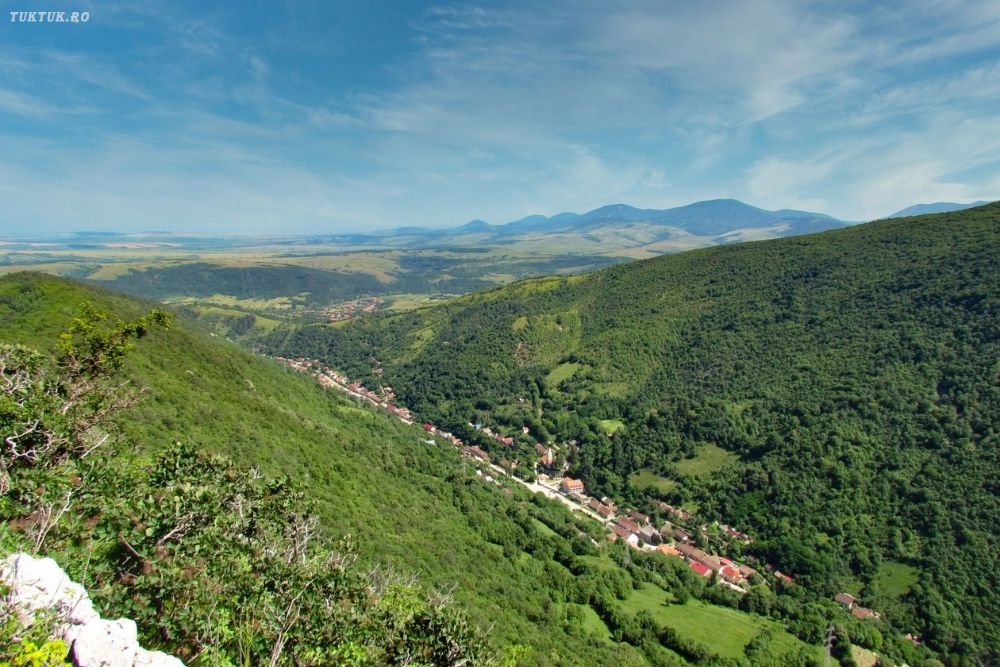
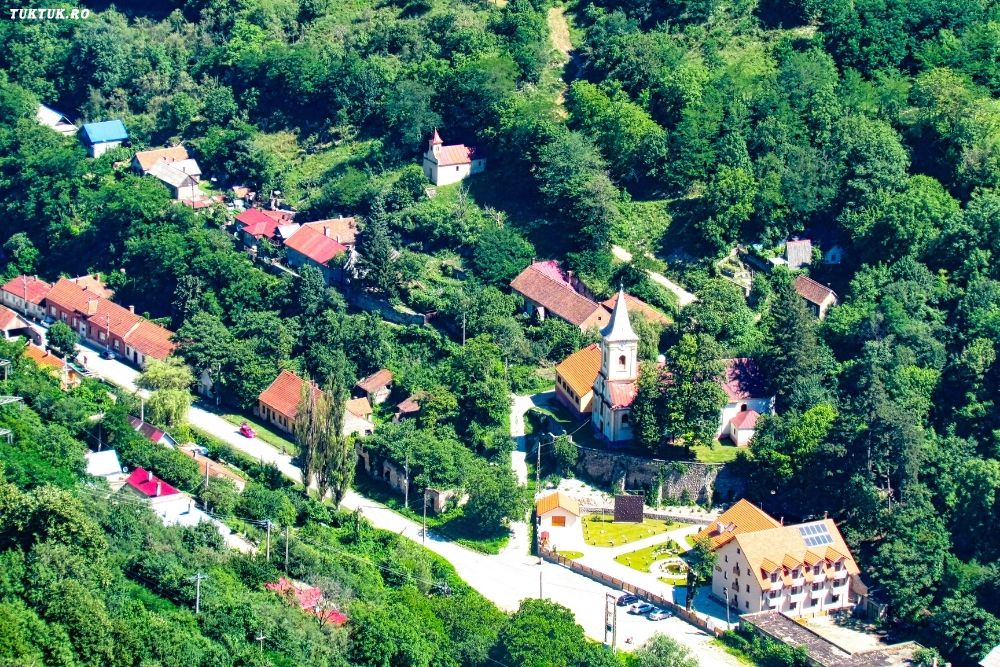
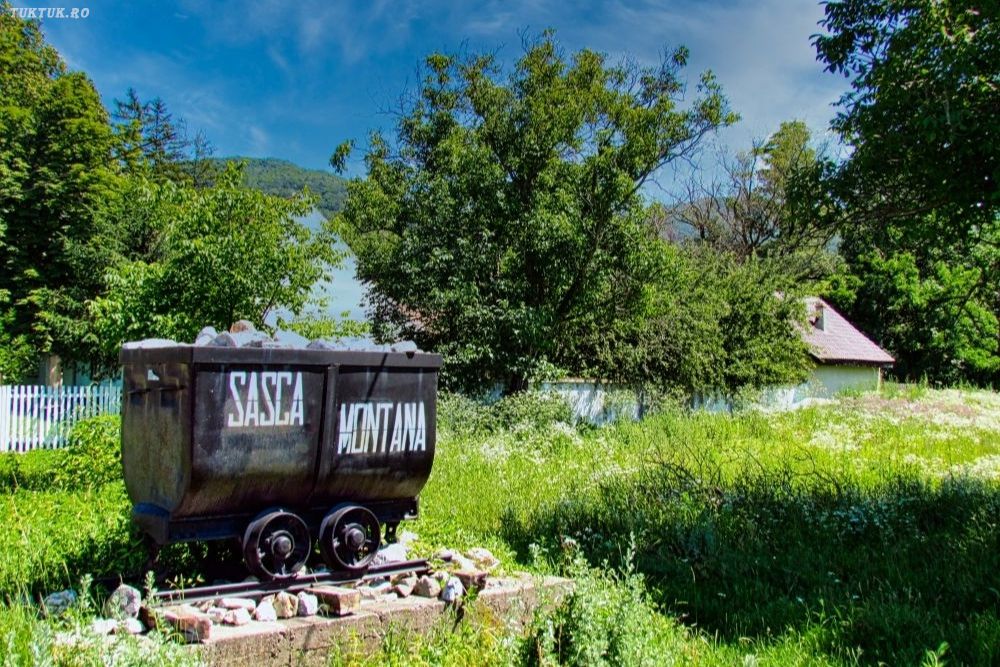
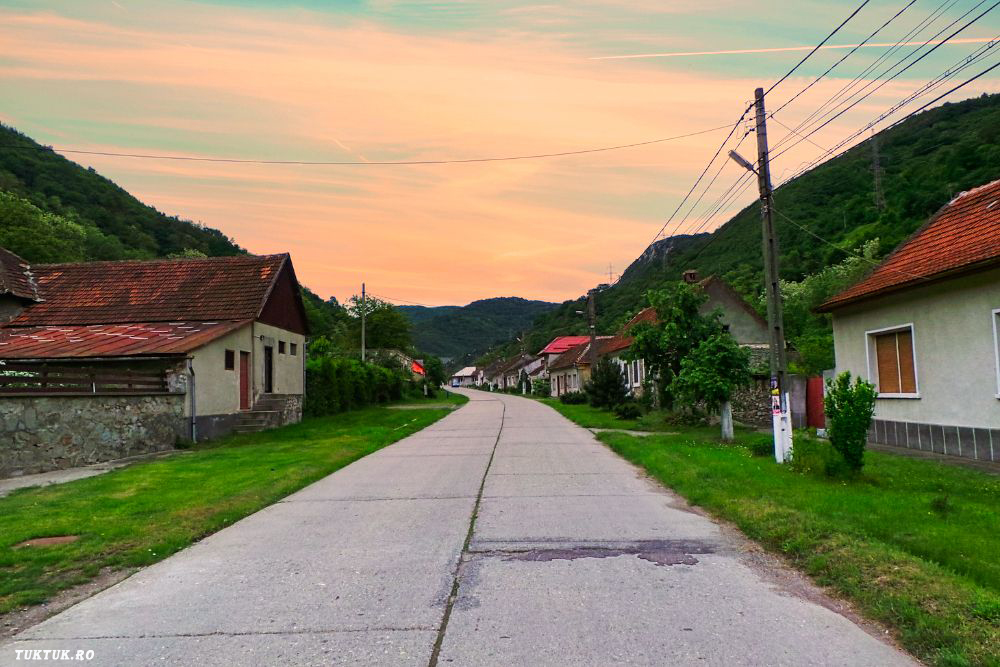
Any adventure on the Nerei Gorge starts logically from Sasca Montana. This village meanders at the foot of Gheorghe Hill and is 25 km from Moldova Noua, 40 from Bozovici, and 30 from Oravita. Sasca Montana, together with its brother villages (Sasca Romana, Slatina Nera, Bogodint, and Potoc), gathers about 1500 inhabitants. The village is a mix of abandoned houses and renovated buildings, which give it a strange but charming air. Once a thriving mining center (in the Sasca Montana – Moldova Noua area, there were about 100 mines in the past), Sasca is going through an apparent greening process today.
In Sasca you can visit the museum, which reflects the traditions of the place – pieces of furniture, ceramics, handmade carpets, various objects, rocks and minerals from closed mines, etc. Or you can go – in an eco-spirit – to the Casa Verde, an ecological experiment that resembles a hobbit’s settlement, located on the right bank of the Nera River, 2 km after the exit of the commune. Another interesting sight in Sasca Montana is the Roman-Catholic church, completed in 1751.
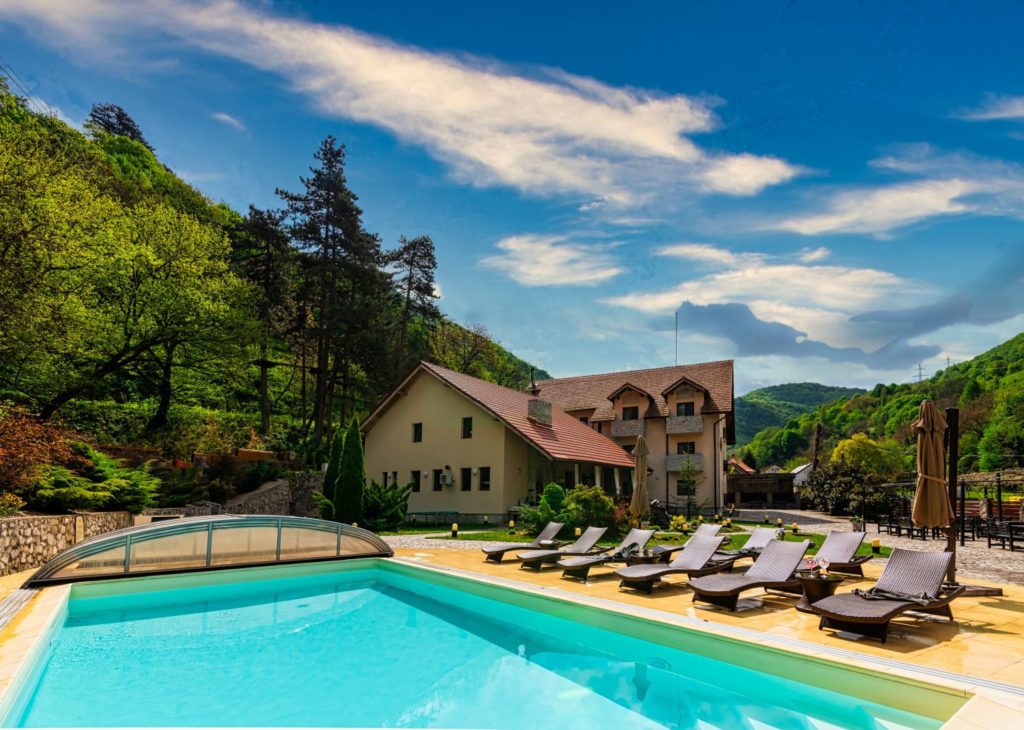
The commune still preserves some of the old traditions (for example, in Sasca Romana and Potoc they still celebrate Fasangul, a kind of carnival held before the Mardi Grass). In addition, every year, the Rocker’s Challenge music festival is held here, which brings together important names from the rock music scene from here and abroad. The tradition is continued by the rock concerts that are constantly held at the Rocker’s Inn Hotel.
Nera Gorges
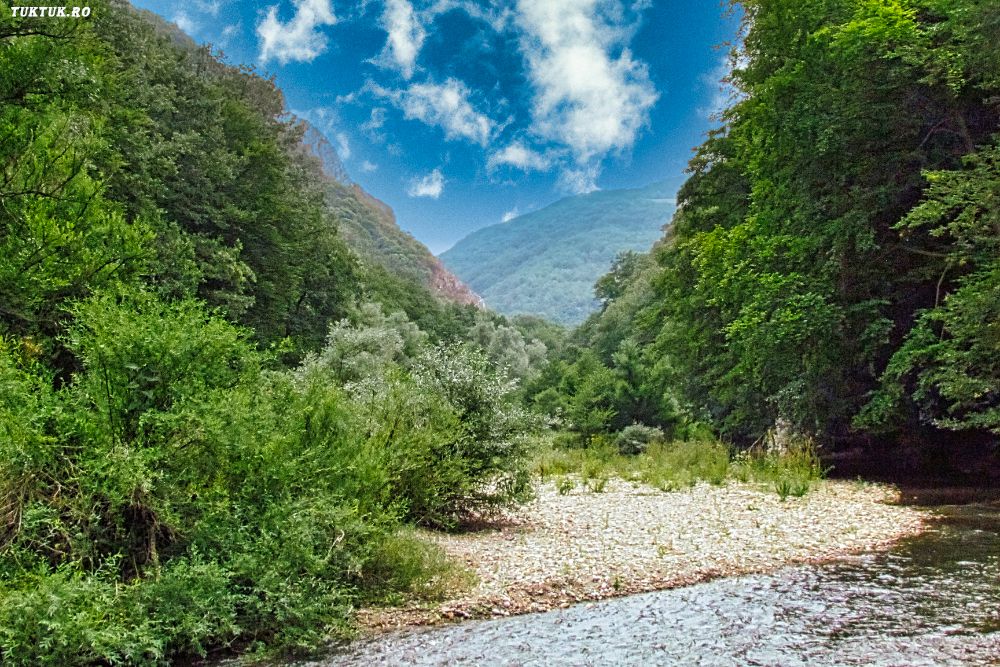
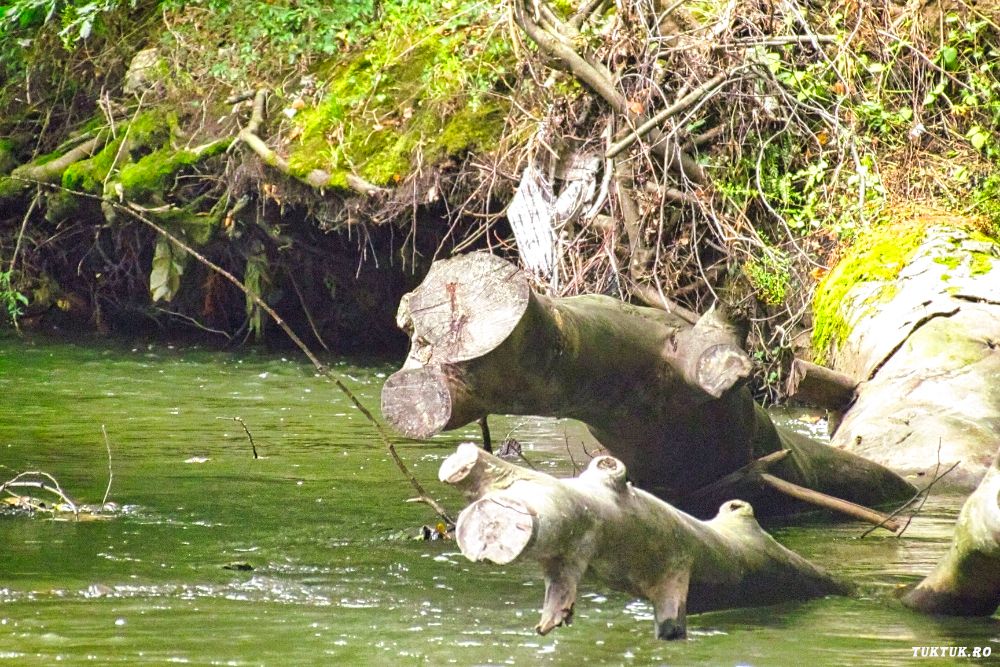
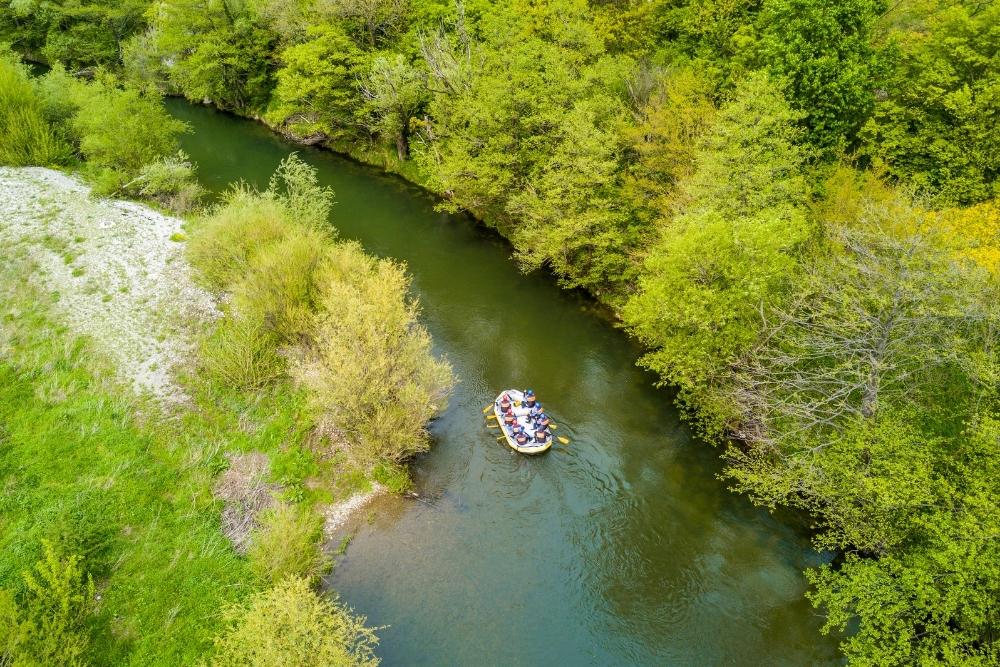
You can’t write about places to see in the Cheile Nerei without mentioning… Cheile Nerei – the Nera Gorges. Mountain lovers will set off on the 9-10 hour (red tape) trail along the Nera River to admire the wild beauty of this area. Starting point: Sopotu Nou. Arrival point: Sasca Montana. Or vice versa.
You will pass by the Devil’s Lake, through the Ogasul Porcului, through La Carlige (where you have to cross the Nera), through the Pestera Porcului and the Pestera Dubova. You will reach the Beg’s Tower, and the Damian canton, the Caraula Hill and the Bei Bridge, as well as the tunnels dug in the rock.
In spring or early summer, you can go rafting on the Nera River. This activity is more difficult, almost impossible, in the dry months when the water drops below the acceptable limit for this kind of fun.
The Tunnels
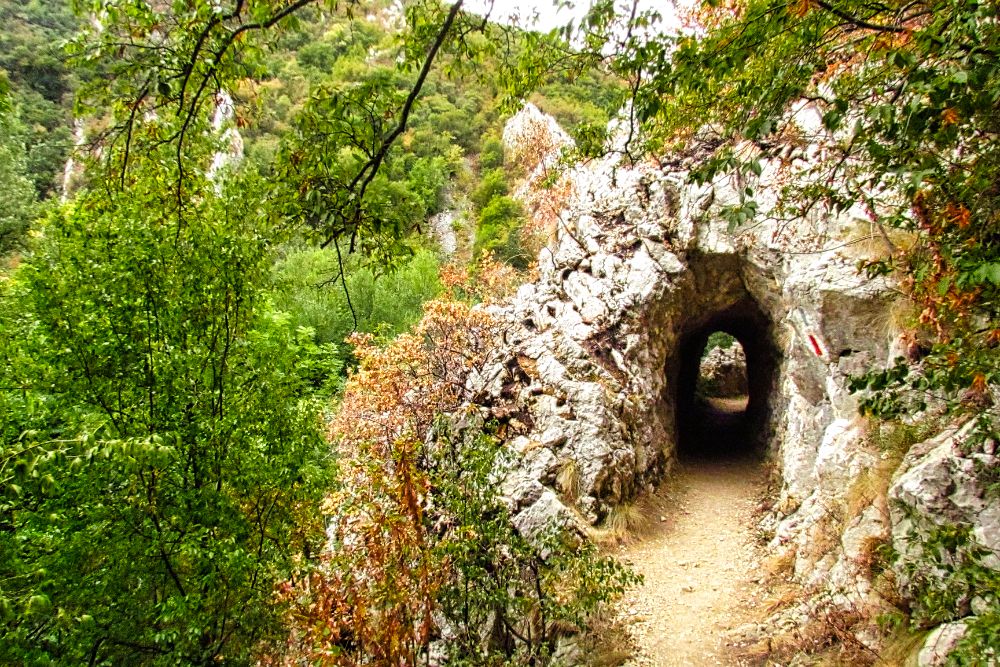

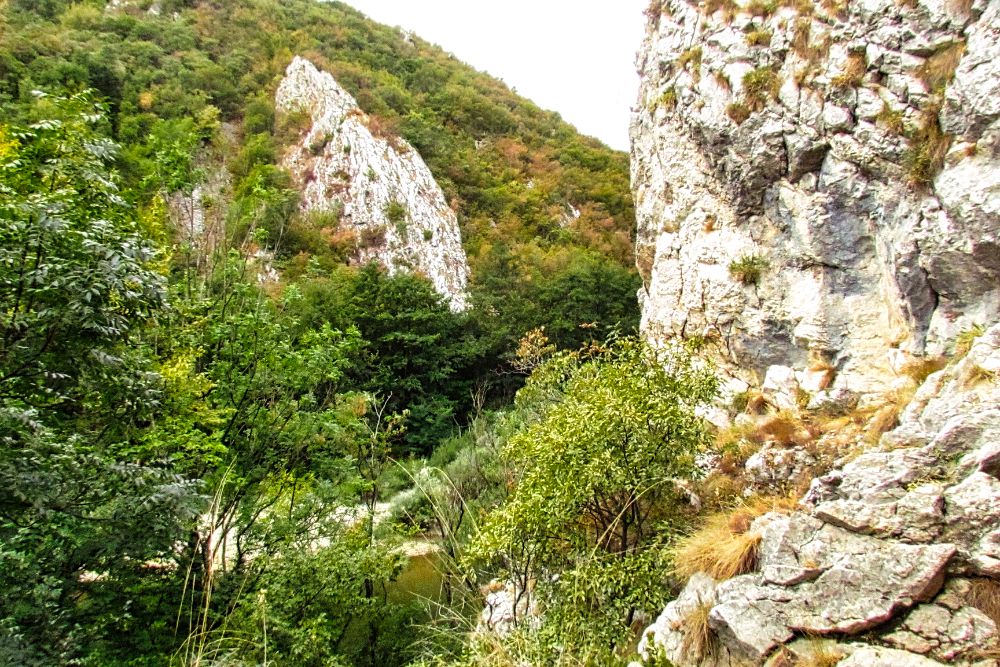
Depending on which route you choose to take, whether you go on a day trip to the Nera Gorge or take the easy way to Ochiul Beiului or Beusnița, you will have the opportunity to pass through these tunnels carved into the rock.
The lazier ones will easily spot them, right at the Cheile Nerei – Beusnita Reserve entrance, just on the right side, before the bridge. A succession of several tunnels (there are 7 of them), some longer, some shorter, some lower or higher, which can be covered relatively quickly and leave superb views over the gorges themselves.
In conclusion, the Nera Gorges is the perfect destination for those who love to explore. If you are seeking adventure, beauty, or something new to see, this gorge is an excellent option.
You may also like: 10 places to see in the Apuseni Mountains of Romania
Pin it!
